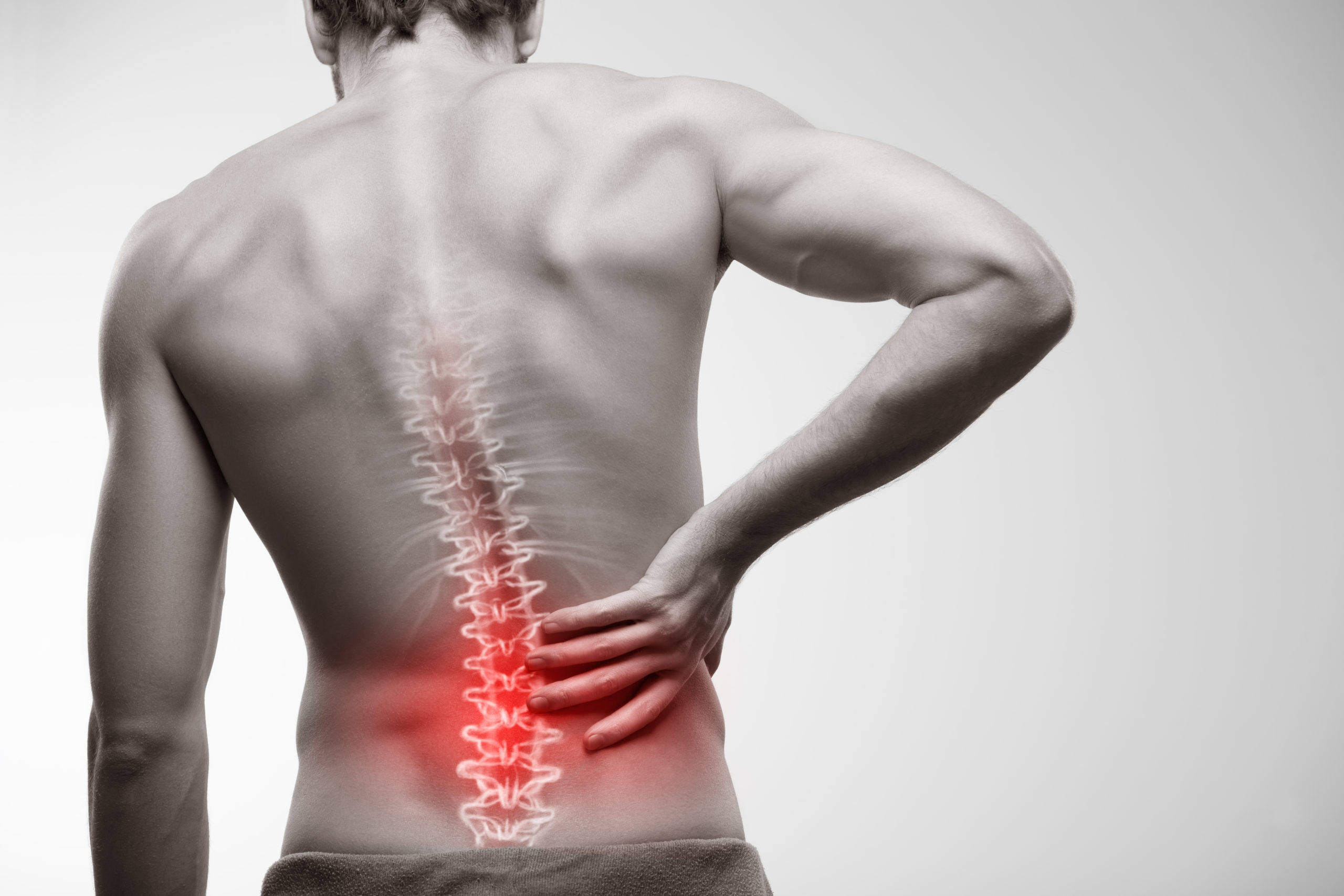The New Postural Assessment
Functional Assessment
Posture is the shape the body takes to balance itself. Creating shape requires that some muscles become tight while others become loose. A postural analysis would therefore indicate which muscles were in need of stretching and which muscles were in need of strengthening. From a lateral view, illustrating just the spine, this theory seems straight forward.
Clearly, the individual above needs to stretch their lower spine extensors and strengthen their lower spine flexors. This simple postural guide, unfortunately, gets more complicated when we view an individual from the front or back.
Our original plan, based on a lateral view of an individual’s spine, becomes more complex when a posterior view reveals additional information. Now our training plan must stretch the back and right side of the spine and strengthen the front and left side of the spine.
Unfortunately, things get even murkier. Spine curvature is not the only factor which affects the distance between origins and insertions (and the length of the muscles which span them). Rotation between vertebrae must also be taken into consideration.
With the top vertebrae aligned with the bottom vertebrae, muscles A and B will remain at equal length. However, should the top vertebrae rotate to the right, muscle B will shorten and muscle A will lengthen. Conversely, if the top vertebrae rotated to the left, muscle A would shorten and muscle B would lengthen.
Beyond the shape of the spine, exercise professionals have tried to predict patterns of muscular balance from all other areas of the skeleton. For example, it is common to see strengthening and stretching prescriptions based on the observed angles formed between the tibia/fibula and the femur.
Like the spine, prescriptions based solely on bone angle are faulty. The relative length of all muscles of the body are also affected by bone rotation.
The above factors make it impossible to predict a pattern of relatively tight or loose muscles from a visual inspection of someone’s posture. Cracking the “posture code” requires a muscle by muscle assessment. One tool which is easily accessible by everyone is stretching. When a muscle is stretched, it gives immediate feedback as to its degree of tightness and its relevance to an area of discomfort. Typical stretching methods, which lengthen groups of muscles, are not nearly precise enough. Greater precision required the development of a system I call “Diagnostic Stretching”. Diagnostic Stretching techniques are precise enough to isolate and lengthen the individual heads within a single muscle. Joints can be dissected and evaluated fibre by fibre. Experience with Diagnostic Stretching has indeed revealed posture based patterns of tight and loose muscles. Basing exercise programs on these patterns has yielded incredible results. Most musculoskeletal issues, from the toes to the tips of the fingers, can be quickly managed.
Diagnostic Stretching bashes down the door and reveals a new level of knowledge in regards to functional anatomy and posture. This knowledge will form the foundation of all exercises programs. The ability to stretch and strengthen the body is for everyone.
Diagnostic Stretching is a safe, logical and convenient method of assessment. Its mastery will greatly empower you.




